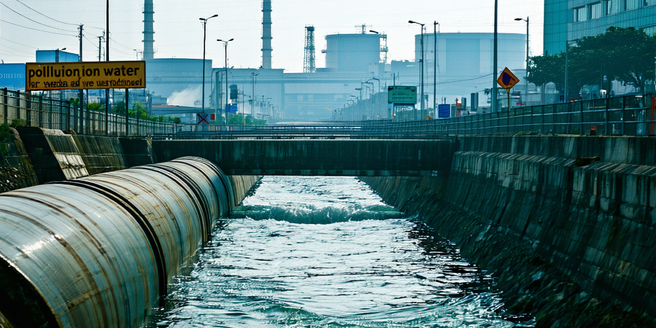No-charge Water Quality Testing

Understanding the Importance of Water Quality
Water is essential for life, and its quality directly impacts human health, ecosystems, and economies. Contaminated water can lead to numerous health issues, from gastrointestinal infections to neurological disorders, making water quality an essential concern globally. By ensuring clean and safe water through regular testing, we protect not only our health but also our environment and future generations. As industrial activities, agriculture, and urban development continue to grow, they contribute various pollutants to water sources. Understanding water quality helps in implementing effective treatment solutions and maintaining ecological balance. Community awareness and responsible water use can significantly reduce pollution and preserve this precious resource. By recognizing the critical role water plays, we contribute to building a safer, healthier world.
How Free Testing Services Work
Free water testing services are offered by various organizations, including government agencies and environmental groups, to empower individuals and communities with knowledge about their water quality. These services typically involve collecting a sample from your tap, well, or other water sources, which is then analyzed in a laboratory for contaminants like bacteria, metals, and chemicals. The process begins with providing a collection kit or instructions, ensuring a representative sample. The testing results are shared with the community, highlighting any potential issues and offering guidance on steps to take if contaminants are detected. The goal of these free services is not just to identify problems but also to educate the public on maintaining safe drinking water, encouraging proactive solutions, and fostering community-led initiatives to safeguard water resources.
What to Expect During a Water Test
When you opt for a water test, the process begins with the collection of a sample from your water supply. This is usually done by drawing water from a tap into a clean container, often provided by the testing agency. Accurate sampling is crucial for reliable results, so ensure you follow instructions carefully, such as flushing taps before sampling. Once collected, the sample is sent to a laboratory equipped to detect a wide range of contaminants, from bacteria to heavy metals and pesticides. After analysis, a detailed report is generated, outlining the presence and concentration of contaminants. This report will also include comparisons to safety standards, enabling you to understand potential risks. Expect to receive information on possible solutions or corrective measures if necessary, allowing you to take informed steps towards ensuring safe water supply.
Interpreting Your Water Test Results
Once you receive your water test results, it is important to carefully review and understand them. The report will typically provide a list of any detected substances, alongside their concentrations and the standard limits for safe consumption. High levels of certain contaminants, such as lead or E. coli, can indicate serious health risks and may require immediate action. Look for explanations or notes provided with the test results to better comprehend the implications. It’s crucial to compare your water’s composition against recommended safety guidelines, often provided by agencies like the Environmental Protection Agency (EPA). If contaminants are present, consider consulting an expert who can advise on treatment options like filters, removal methods, or system upgrades. Interpreting your results accurately allows you to address any potential water quality issues proactively and sustain safe water conditions.
Common Contaminants Found in Water
Water contamination can arise from natural or human-made sources, introducing various pollutants into the supply. Common contaminants include bacteria, viruses, pesticides, heavy metals like lead and arsenic, and industrial chemicals. Agricultural runoff often contributes nitrates, while urban areas may experience chlorine by-products due to water treatment processes. These substances can pose significant health risks if present in high concentrations, affecting everything from reproductive health to neurological function. It’s important for water testing to identify these threats to implement appropriate remediation strategies. Recognizing common contaminants is the first step toward mitigating their impact. Each pollutant requires different approaches for removal or neutralization, which may involve advanced filtration systems, changes in municipal treatment protocols, or public education campaigns. Protecting water from these contaminants is crucial for ensuring community safety and environmental sustainability.
How to Improve Water Quality at Home
Improving water quality at home starts with understanding current conditions and potential contaminants. One practical approach is installing water filters, which can target specific impurities like lead or chlorine. Regular filter maintenance and timely replacements are essential to ensure effectiveness. Conducting routine water tests also helps in monitoring quality and detecting any changes. Additionally, protecting your water source is crucial; proper disposal of chemicals, avoiding excessive fertilizers, and maintaining septic systems can prevent contamination. Rainwater harvesting and conservation practices can further support sustainable water management. Engaging in community initiatives or advocating for local water protection policies enhances broader efforts in maintaining clean water. Education plays a vital role; by promoting awareness about water safety and conservation, individuals can make informed decisions that collectively improve water quality at both household and community levels.